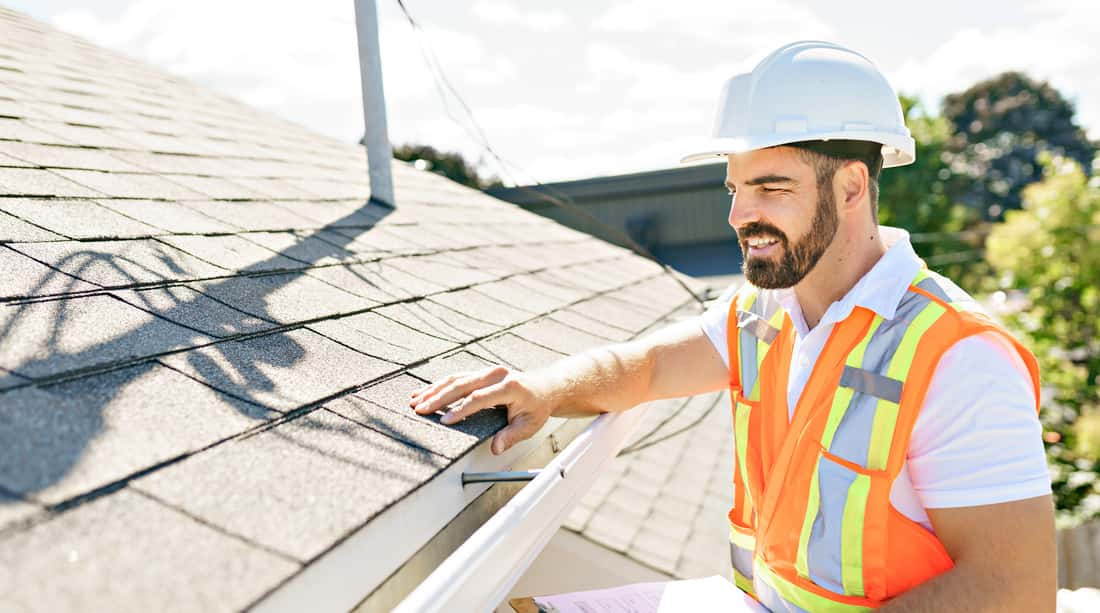Many people believe that their homeowner’s insurance should cover any damages to their homes, such as structural damage from an accident or a physical break-in. However, this is not always the case. Most homeowner primary policies exclude coverage for foundation repair and replacement and structural roof repair and replacement. Even if your policy covers these repairs, there may be other exclusions or limitations on the types of insurers responsible for repairing these damages.
There are different home insurance policies available to homeowners. There’s the HO-1, HO-2, HO-3, HO- 4, HO-5, and HO-6. However, the commonest one to homeowners is the HO-3, and the broadest that covers a wide range of perils is the HO-5.
You may think you have a good insurance policy, but if your basement is sinking and collapsing, it might be time to talk with your insurance company. This is basically why the Commissioner of Insurance in Washington State stated that “before you buy homeowner insurance, you should know different companies charge different premiums and offer different coverage.”
This information is provided by one of the best foundation repair companies in Oklahoma City, Better Foundation Repair OKC. Get in touch if you have more questions about foundation repair, financing, or determining if you’re covered by your homeowner’s insurance.
Does Insurance Cover Water Damage to the Foundation?
Your insurance policy may or may not cover water damage. The HO-3 insurance policy covers a broader range of damages than the other policies. Yet, the premium offers that are supposed to protect against water damage to the foundation often come with a lot of clauses and exemptions that end up turning down your claim. Water damages can be caused in different ways including:
- By a leaking or broken pipe
- Improper waterproof that causes water to penetrate
- Improper plumbing works that channel water to the basement or piers
- Flood, etc.
The cause of the water damage will determine whether you have rights to claims for water damage on your structure–that’s for those buying premium policy. Typically, the basic insurance policy outrightly excludes water damage from the basic policy because:
- Insurance companies refuse to pay for losses that could have been prevented if due diligence of the construction had been carried out. If the damage resulted from carelessness, or if the building was an old building, it will only make claimants keep filing the same claims again and again because the underlying factor will never be resolved.
- Insurance companies do not pay damages for the deterioration of a home. Water damage caused by natural wear and tear will not be paid for.
Just as stated before, most home insurance policies do not cover water damage or structural damages. It is therefore important that homeowners take their house maintenance seriously.
What is Covered Under Structural Damage?
Structural damage in a homeowners insurance policy refers to injuries to the underlying physical structure of your home. This could be a crack in the foundation, a leak that damages a wall, or even something as simple as a broken window. It applies any time that the damage is not merely cosmetic and affects the structural integrity of your home. It’s essential to keep in mind that policyholders are responsible for paying a deductible for this type of damage if it is greater than $500. Hence, you want to ensure you have the cash on hand to cover the cost of repairs before you proceed with any necessary action.
Most people are under the impression that the policy covers structural damage to insured property. However, just because insurance doesn’t cover everything, it doesn’t mean you shouldn’t be looking out for potential coverage. For example, suppose your fence or balcony is damaged during a storm and not covered by your homeowner insurance policy. In that case, you should contact a structural contractor to assess the damage and decide whether or not to take out additional home insurance.
In the typical insurance policy, the coverage A section of your home insurance policy contains your coverage. Chances are, you’ll find one of these two financial protection clauses:
- Frame coverage. This clause protects your home’s structural frame; it prevents the following: holes in walls, roof damage, damaged siding, broken windows. However, some exclusions may apply to this clause, such as flood or earthquake damage. A deductible may apply for this coverage.
- Personal property coverage. This clause protects your personal property inside your home, including appliances, furniture, and electronic equipment. There are exclusions for flood damage, earthquake damage, and some other losses. A deductible may apply for this coverage.
What is not covered under homeowners insurance?
It is important that before you pay for a policy, you read it carefully and read it till you understand it well. This is because some things are ambiguous, and they imply that you cannot claim damages at the end of the day. More so, you should know there are certain circumstances that you don’t get coverage for, whether it’s a premium policy or not are;
- Flood. You will not be covered for flood unless you buy a policy that expressly states that you are surrounded by flood.
- Earthquakes. Earthquakes will not cover you except you buy a policy that is specifically for this purpose.
- Foundation damage as a result of homeowner’s negligence. You will not be covered for routine maintenance or any repair done due to overtime wear and tear. Most insurance policies only offer coverage for accidental damage or direct physical loss. Unfortunately, your insurance company will classify a lot of your home repairs as negligence.
Other kinds of damages that are outside a homeowners policy coverage are;
- Damages resulting from pest’s activities around your home
- Water damages
- Foundation damages that occur as a result of drastic changes in weather conditions
The Bottom Line
Whether you get a premium policy or not, your insurance policy has a liability limit. This implies that your insurance company may not always pay for the total cost of damages. It will only pay up to the amount that was calculated as your limit. For instance, if your limit is set at $100,000 and the cost of the damages on your home is way above $100,000, your insurance company will only pay $100,000.
Therefore, it is vital to read through your insurance policy to be reasonably covered. More importantly, take the maintenance of your home more seriously. In most cases, structural damage is entirely on you. But you can avoid the cost of fixing structural damage by observing proper maintenance of your building. Watching out for signs and never taking any crack for granted is one way to help maintain your home. Consider your local foundation repair companies near you only after you’ve fully vetted that they’re professionals and trustworthy.
















